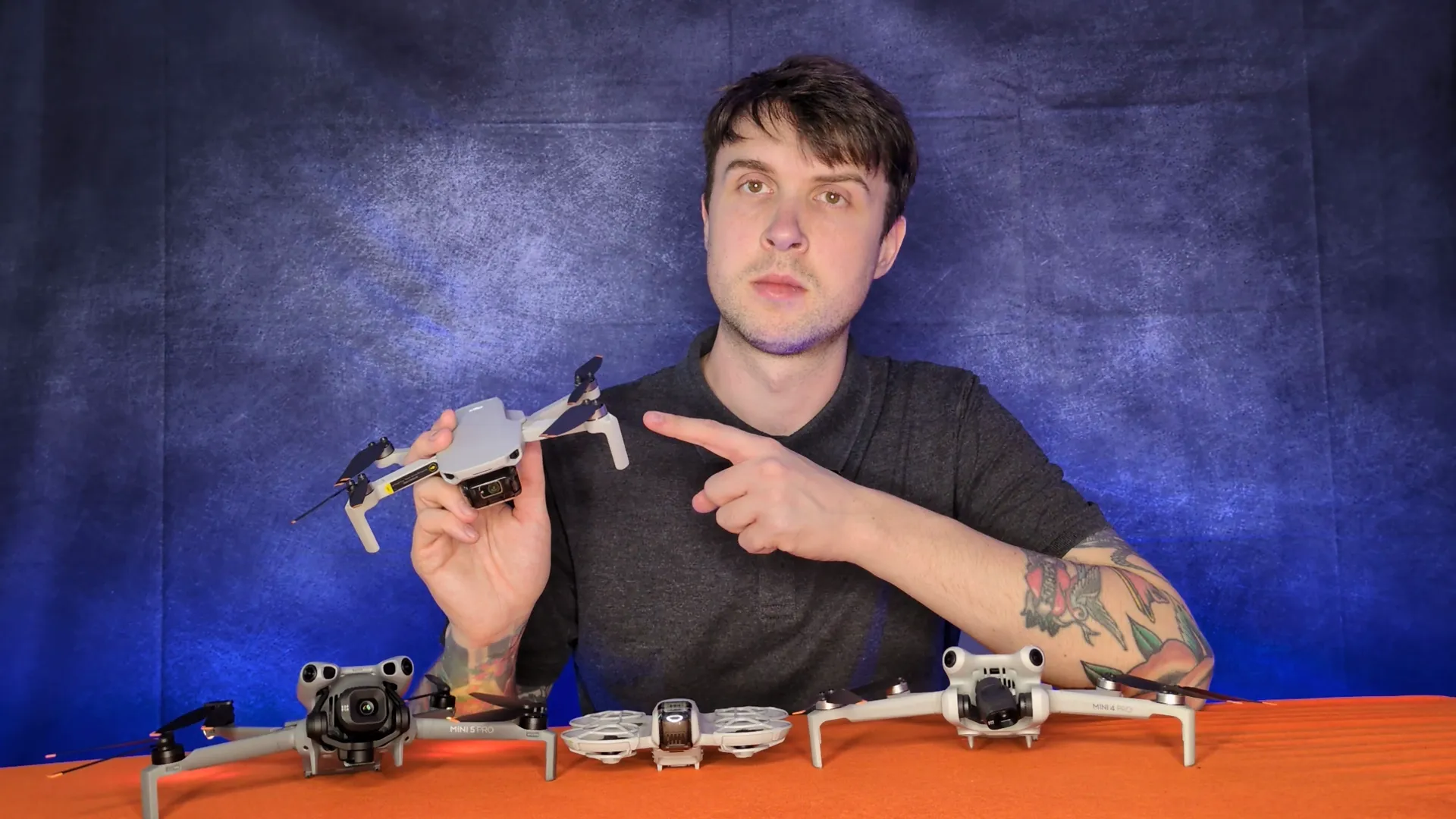
When you operate a drone, you know standard GPS isn't always precise enough, often varying by several metres. For professional work, this isn't an option. Real-Time Kinematic (RTK) technology is the solution that enhances a drone's positional data to centimetre-level accuracy.
But achieving this precision isn't as simple as just flipping a switch; it relies on a specific system of components working together to correct satellite signals in real-time.
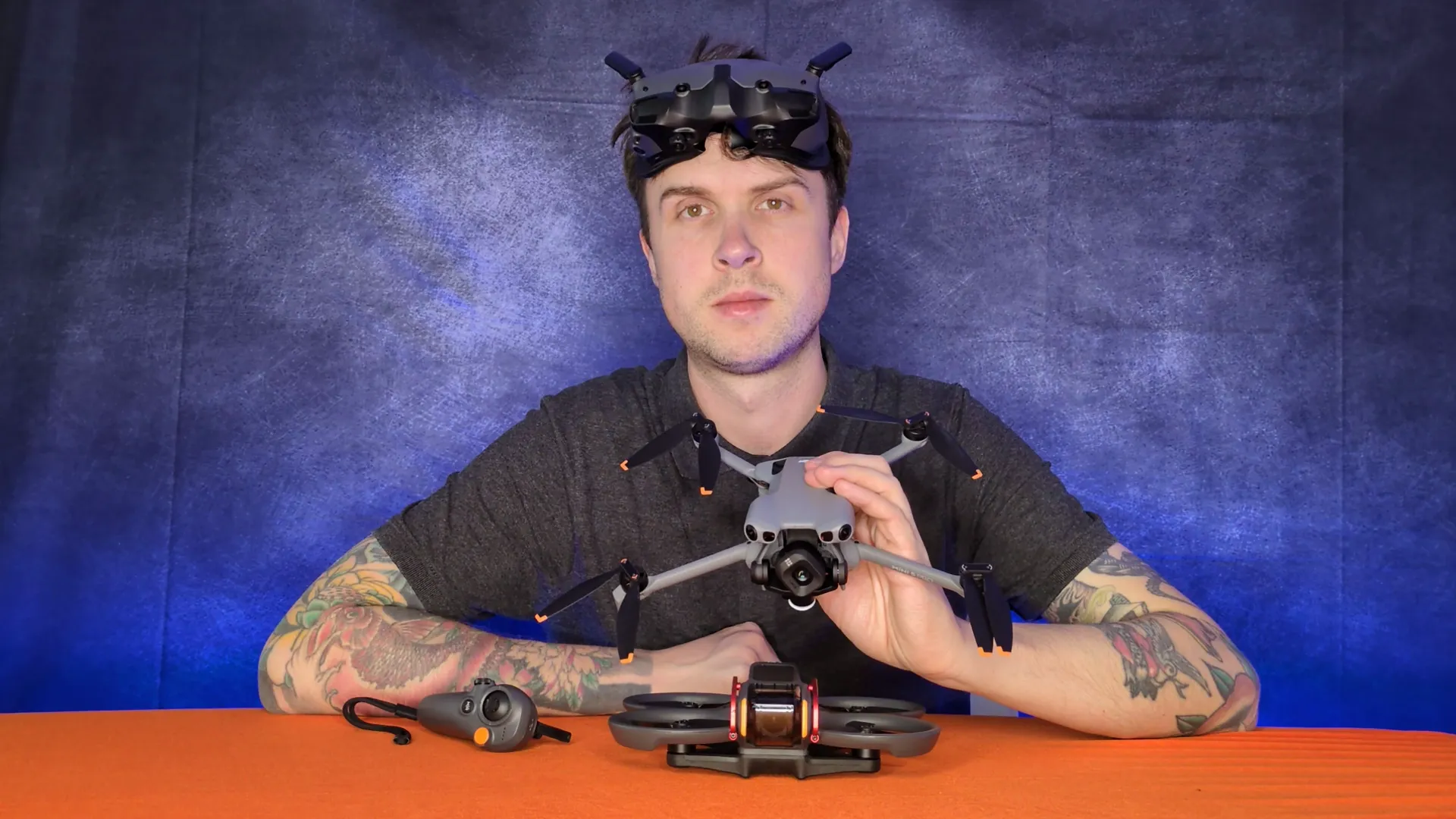
30 Second Summary
- RTK is a satellite positioning system that gives drones centimeter-level accuracy, vastly improving on standard GNSS.
- It uses a ground base station to identify satellite signal errors and transmit real-time corrections to the drone.
- The system requires a connection to a physical base station or a network NTRIP service for a correction signal.
- This constant adjustment process improves the drone's positional accuracy from several meters down to centimeters.
- High precision from RTK is vital for surveying and mapping, saving time on-site and in post-processing.
What Is RTK (Real-Time Kinematic) For Drones
A vital technology for precision work, RTK (Real-Time Kinematic) is a satellite positioning system that lets your drone achieve centimetre-level accuracy.
When you use a drone with standard GNSS positioning, you're looking at a potential accuracy variance of several metres. That’s simply not good enough for many professional applications.
RTK is an advanced GPS correction technology that solves this problem. It enhances your drone's positioning by having it receive real-time correctional data from a ground-based reference station or a dedicated network service.
This technique dramatically improves upon standard satellite signals, which are prone to errors. You’re essentially giving your drone a constant, ultra-precise reference point on the ground.
This allows you to trust your drone's location data down to the centimetre, enabling complex tasks that demand absolute positional confidence and repeatability.
For any mission where precision is non-negotiable, you’ll find RTK is essential.
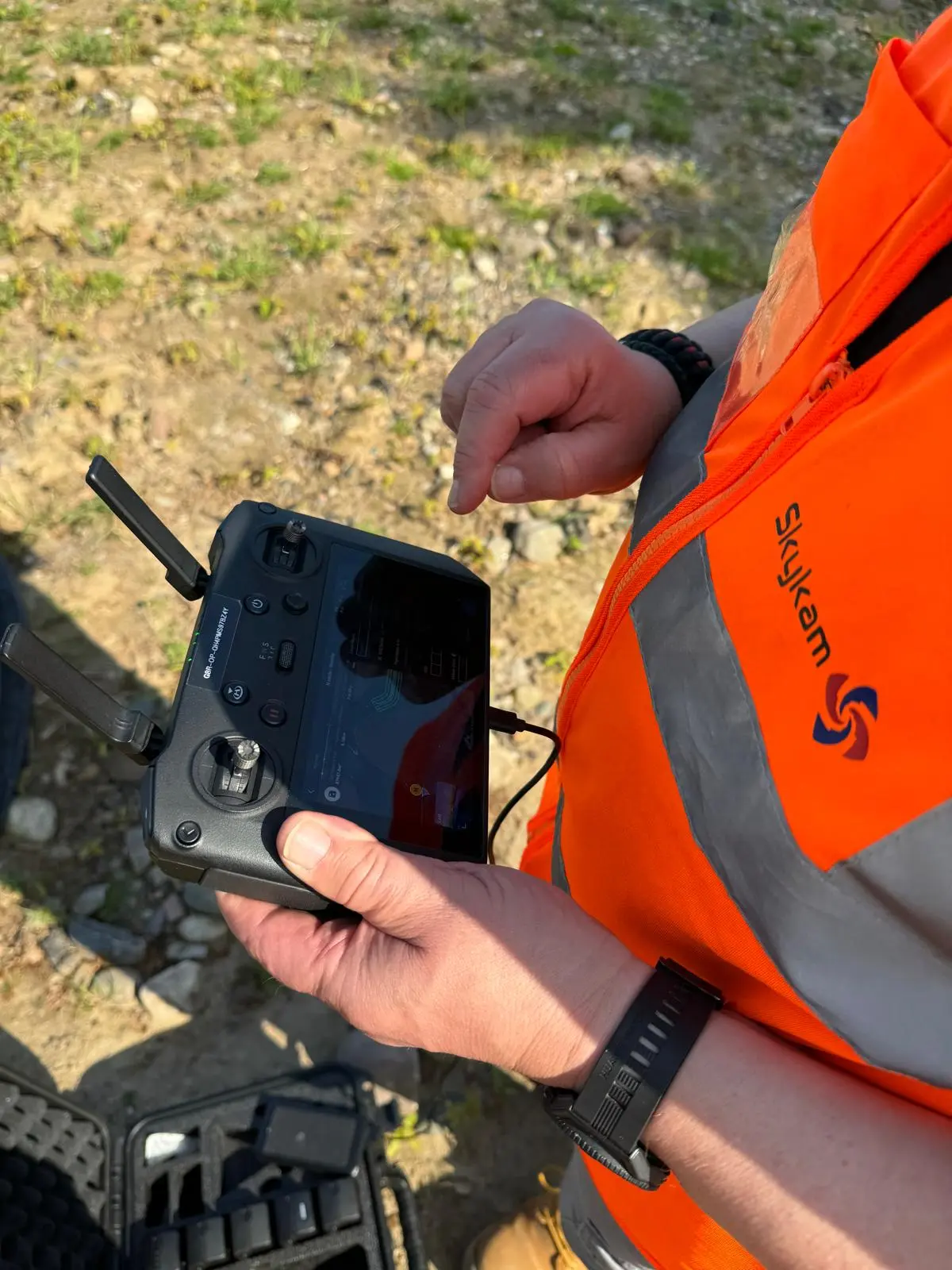
How RTK (Real-Time Kinematic) For Drones Works
To achieve its precision, an RTK system uses a base station at a known location on the ground that's in continuous communication with your drone during flight. Because the base station isn't moving, it can precisely identify errors in satellite signals.
These inaccuracies are caused by atmospheric interference, signal multipath, and even minor satellite orbit and clock errors. The base station then calculates the discrepancy and prepares correction data.
This vital correction data is instantly transmitted to your drone's onboard RTK receiver. Your drone's system continuously compares its own perceived GNSS data with the correction data it receives from the base station's known location.
By calculating the difference between the two data streams, it applies the error corrections in real time. This constant comparison and adjustment process is what drastically improves your drone's positioning accuracy, taking it from several metres down to mere centimetres.

Key Components of RTK Drones
This real-time correction process relies on several components working in concert. First, you'll need an RTK-enabled drone; this isn’t just any drone, it’s equipped with specialized hardware designed specifically to receive and process correction data on the fly.
Second, you have the source of the correction signals. This is typically either a physical base station that you place on a known point at your worksite or an NTRIP service that streams data over the internet.
The final piece is the communication link between your drone and the reference station. You must maintain a continuous and stable two-way connection. If your drone loses this signal while it's gathering data, its positioning becomes unreliable, compromising your entire operation and the accuracy you're aiming for.

Connection Methods of RTK (Real-Time Kinematic) Drones
When connecting your RTK drone, you'll use one of two primary methods. Your first choice is using an NTRIP CORS (Continuously Operating Reference Station) network.
With this option, your drone's controller connects to the network using cellular data. This setup is convenient because it doesn't require you to bring and manage a physical base station on-site.
However, this method has its own requirements: you'll need reliable cellular coverage for the connection to work, and you must operate your drone within 50km of a CORS station to receive the necessary correction data.
Your second option involves setting up a local RTK base station, like the DJI D-RTK 2. You’ll place this physical station at a precisely known point on your job site.
It then broadcasts its own correction data directly to your drone's receiver via a dedicated radio link, independent of any cellular service.
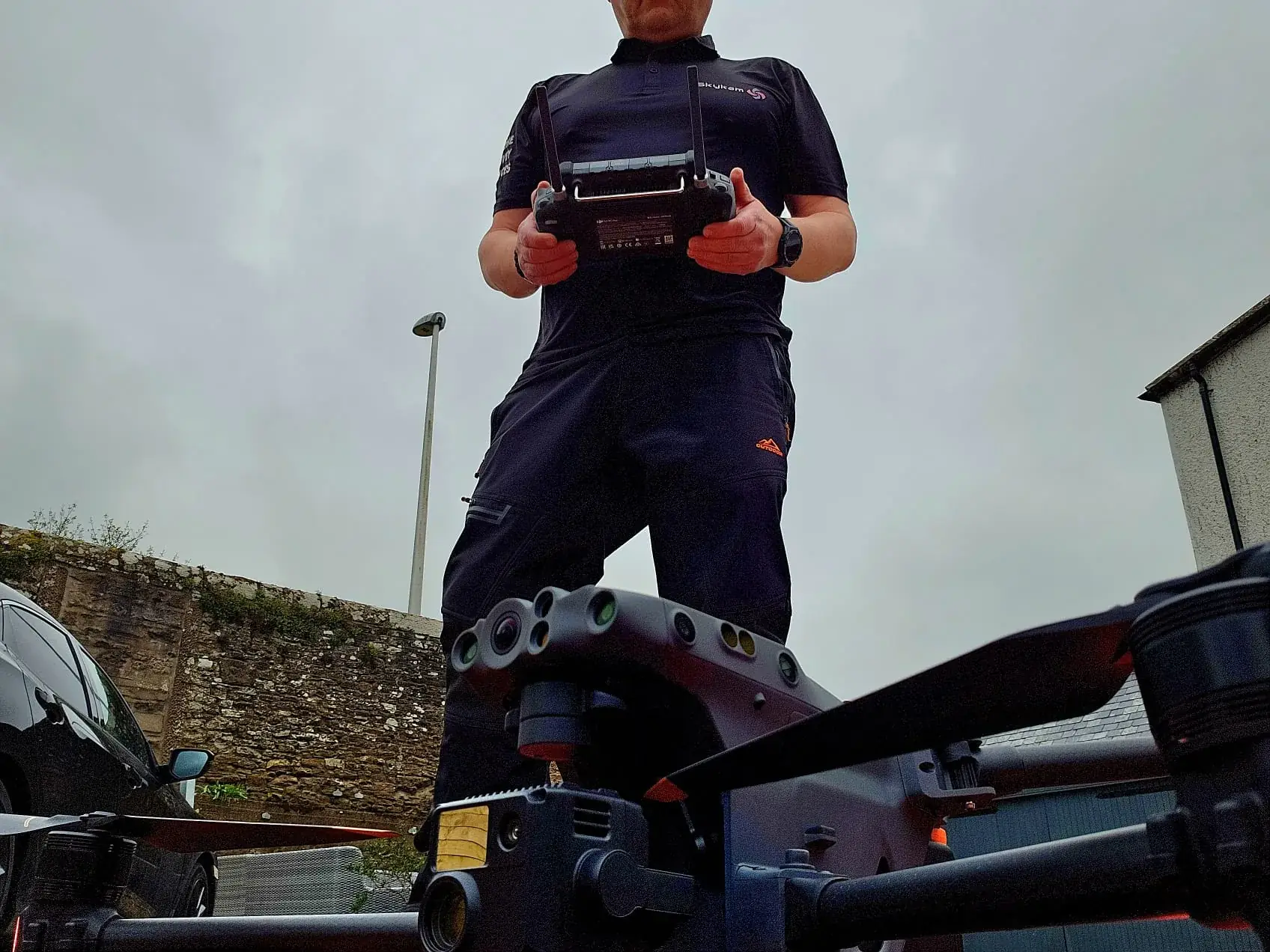
Benefits of RTK (Real-Time Kinematic) for Drone Operations
Whether you use an NTRIP network or a local base station, you're tapping into the powerful benefits of RTK-enabled drone operations. You'll immediately save considerable time during pre-flight preparation, as RTK technology eliminates or significantly reduces your need to painstakingly set up ground control points (GCPs).
This efficiency gets you in the air faster and streamlines your missions.
Your post-processing time also plummets by up to 90%. Since your drone captures accurately geo-tagged data from the start, you don't have to spend hours correcting it later.
You'll find flight path planning and navigation workflows are much simpler, too. Your drone can accurately follow pre-programmed routes without you conducting extensive surveying beforehand.
This makes RTK invaluable for construction mapping, surveying, earthworks tracking, and precision agriculture, where you need immediate, accurate data right from the field to make critical decisions.
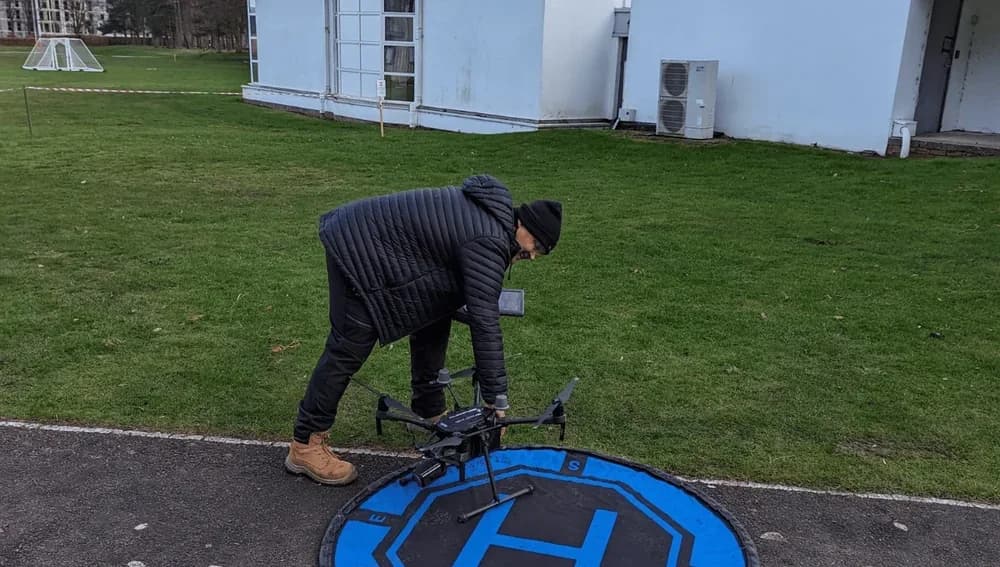
Frequently Asked Questions
How Does RTK Compare to PPK (Post-Processed Kinematic)?
When comparing them, you’ll find RTK provides corrections during your flight, so you know your accuracy live. This demands a constant radio link to a base station. If you lose connection, you lose corrections. With PPK, you process the survey data after the mission. It’s more reliable as a live link isn't needed; you simply combine the drone's and base's data logs in the office for precise results.
Can I Upgrade My Current Non-Rtk Drone With an RTK Kit?
Yes, you can upgrade some drones with a third-party kit, but it’s a technically demanding job. You'll need to install the module and antenna, a process that likely voids your warranty. Integrating the hardware with your drone’s flight controller and software can also be very challenging. For most users, you're better off purchasing a drone with factory-integrated RTK, as it’s a simpler and more reliable solution straight out of the box.
What Are the Main Limitations of RTK Drone Technology?
You’ll find its biggest weakness is the required, uninterrupted signal to a base station or network. If you fly near tall buildings, in canyons, or under dense tree canopies, you risk losing the correction data and your centimetre-level accuracy. You're also dealing with a much higher cost for the equipment compared to standard drones. It’s not simply 'power on and go'; you'll always have to wait for the system to initialize.
What Causes an RTK Drone to Lose Its ‘Fix’ Signal?
You'll lose your RTK 'Fix' primarily due to obstructions. Tall buildings, dense forests, or deep valleys can block the line-of-sight signal from satellites or your ground station. Radio interference from other electronics is another common culprit. Your drone also loses its fix if it flies too far from the base station, exceeding the data link's range. Finally, if your ground station itself loses its position, your drone's accuracy immediately degrades.
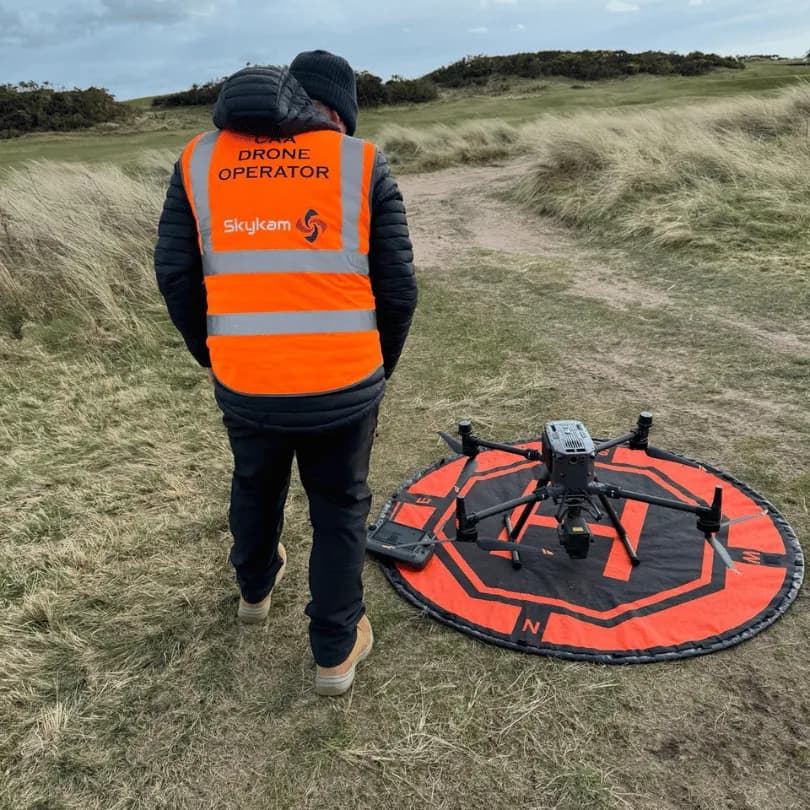
How Much Does an RTK Drone System Typically Cost?
You'll find an RTK system adds significant cost. You're often looking at an extra several thousand pounds for the drone itself compared to a non-RTK model. A complete professional package, which includes the drone and a required base station, can easily run you from £8,000 to over £30,000. Don't forget you may also need to pay for a subscription to a correction network, which adds an ongoing operational cost to your investment.
Achieve Centimetre-Perfect Results for Your Project
Achieving centimetre-level accuracy transforms your drone from a simple aerial camera into a powerful professional instrument. For complex projects in surveying, construction, or agriculture, this level of precision isn't just a benefit—it's a requirement, saving you countless hours in post-processing and eliminating the need for extensive ground control points. The challenge, however, lies in accessing the specialised RTK drones and the certified drone pilots qualified to operate them.
This is precisely where HireDronePilot provides the solution. As the UK's premier managed marketplace, we specialise in connecting businesses with verified professional drone pilots for hire. Our network features CAA-certified drone operators with proven expertise in RTK operations, ensuring your project benefits from the highest standards of accuracy and reliability.
We make it simple to streamline drone services through competitive bidding on our platform. By posting your project, you can hire professional RTK drone pilots who have the right equipment and skills for the job, ensuring quality, compliance, and value for every aerial project across the United Kingdom.
Ready to capture data with absolute confidence? Post your RTK survey or mapping project on HireDronePilot today and receive tailored quotes from the UK's leading drone specialists.
About the Author

Written by
Peter Leslie
Peter Leslie is a CAA-approved commercial drone pilot with 10+ years experience and over 10,000 flight hours. He holds the GVC and A2 CofC drone licences with full CAA Operational Authorisation. Peter is a member of ARPAS-UK, the UK's non-profit trade association for the drone industry. He founded HireDronePilot to connect UK businesses with qualified, insured drone operators.
Looking for More Drone Work?
Join the UK's leading network of professional drone pilots and grow your business.
Open Access
Bid on any job - all jobs open to all pilots
Grow Revenue
Access high-value commercial projects
Stay Busy
Fill your schedule with regular work
Related Articles

Our Drone Survey Service In Stirling, Scotland
Bringing you Stirling drone survey data from areas no one else can fly.

How Much Does A Drone LiDAR Survey Cost
Forecasting your drone LiDAR survey cost requires understanding what's hidden beyond the initial quote.

Step By Step Process Of Drone LiDAR Survey
Next, discover the crucial post-flight steps that determine your survey's success.
